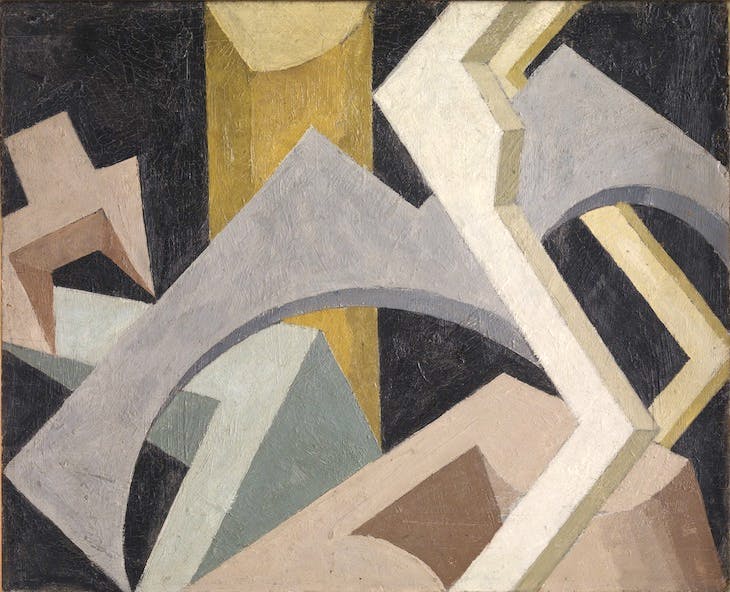
1885 - 1939
Jessica Stewart Dismorr
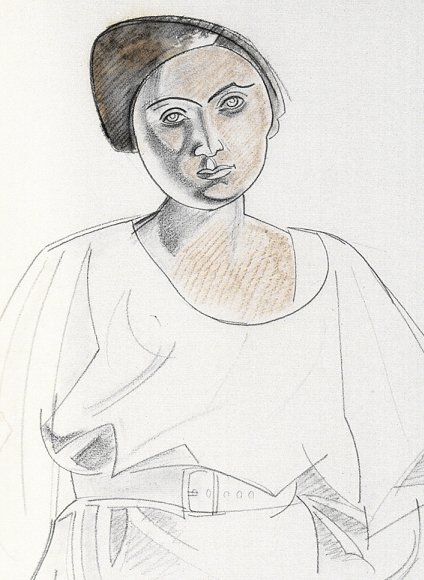
description
An English innovative artist, painter and graphic artist, a book illustrator. Jessica Dismorr was one of two women who became active members of the Vorticist movement and signed their Manifesto in 1914. Dismorr’s fame is based on her status as an artist – a prominent representative of the early British avant-garde.
Beginning as a Fauvist, Jessica worked a lot as a co-editor of the Blast magazine, which was aggressive towards Academism; in that magazine, she published her artwork, prose and poetry. Later, she created a recognizable form of geometric abstraction, which required not only talent, but also courage.
Art historian H. Wilensky commented on her role as “the courage to overcome discrimination against female artists in England” and emphasized the importance of her work as “the most typical for artistic experiments of the time”. Due to the claims of W. Lewis (“this is what I personally did and said in a certain period”), it is not surprising that Dismorr was almost invisible in the history of modernism for quite a long time. However, a research conducted in the 1960s and an ongoing research, as well as major exhibitions, pay tribute to this artist and the second Vorticist, Helena Saunders.
Key ideas:
– Jessica acquired skills not only in the famous and solid school of F. Slade, but also under the guidance of such masters as Scotsman John Duncan Fergusson, one of the best colourists of that time, American artist Max Bom, who received education in Europe, and outstanding French painter Jean Dominic Metzinger, a prominent theoretician of Cubism. Such diversity allowed her to have broad artistic views.
– Progressive views and bold experimentation can be observed in the artist’s early works when she painted in the style of fauvism (the term post-impressionism appeared later). She preferred lush colours and large, distinctly defined forms as if anticipating a period of “whirlwind”.
– The artist’s graphics are characterized by clear and confident contour control – this feature is present in most of Dismorr’s works, while in the image of Isadora Duncan, art critics see a gradual change in her style towards angularity, which fully manifested itself during the period of the artist’s fascination with Vorticism.
– Like other Vorticists, who signed the Manifesto of the group in 1914, Jessica saw danger in the universal progress. She condemned the admiration for the mechanical movement practised by the Italian Futurists as sentimental romanticism.
– By the mid-1930s, the artist’s works became more and more pointless and finally turned into complete abstraction. Thus, the entire career of Jessica Dismorr represents a continuity of efforts illustrating the stylistic development of 20th-century British art.
1885
1902
1910
1912
1913
1914
1920
1922
1925
1926
1934
1939
The birth of the artist
Studied for a year at the Felix Slade Shell School
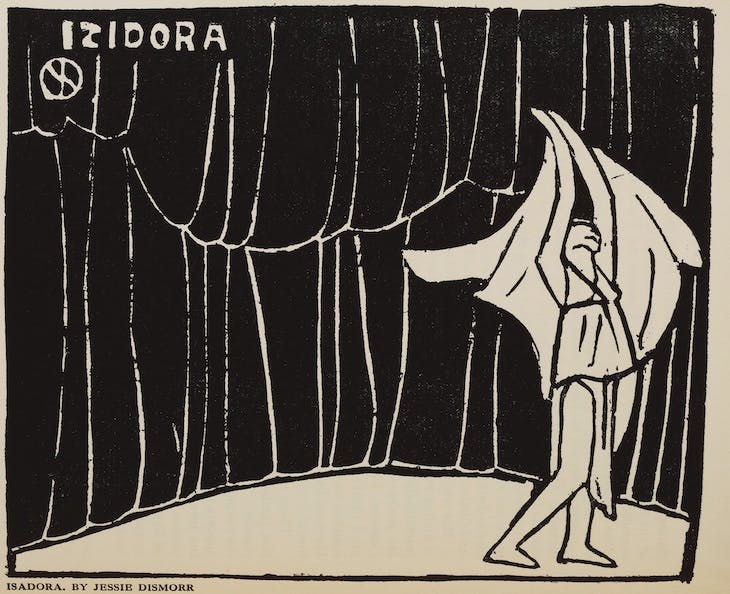
In Paris, she was a student of Cubist Jean Metzinger
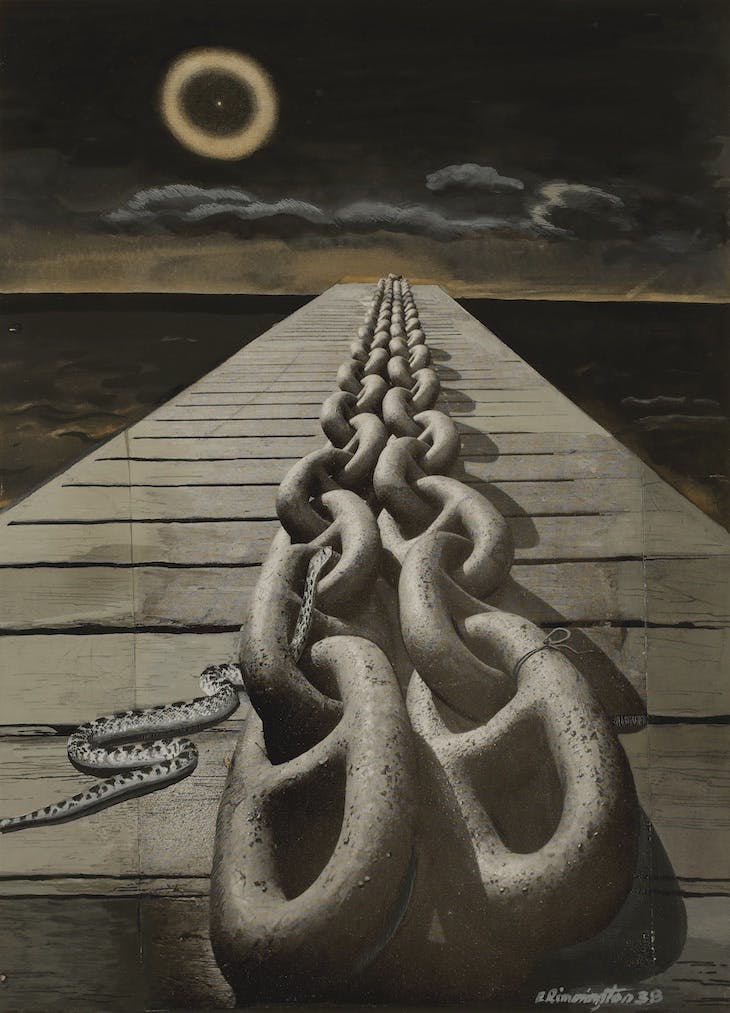
She exhibited paintings together with her mentor Ferguson

Exhibited her Fauvist works at the Association of Allies
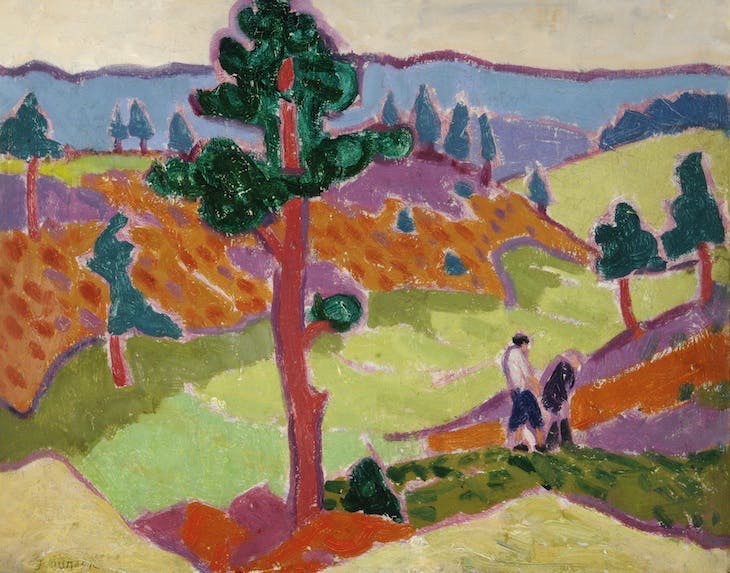
Signed the Vorticist Manifesto
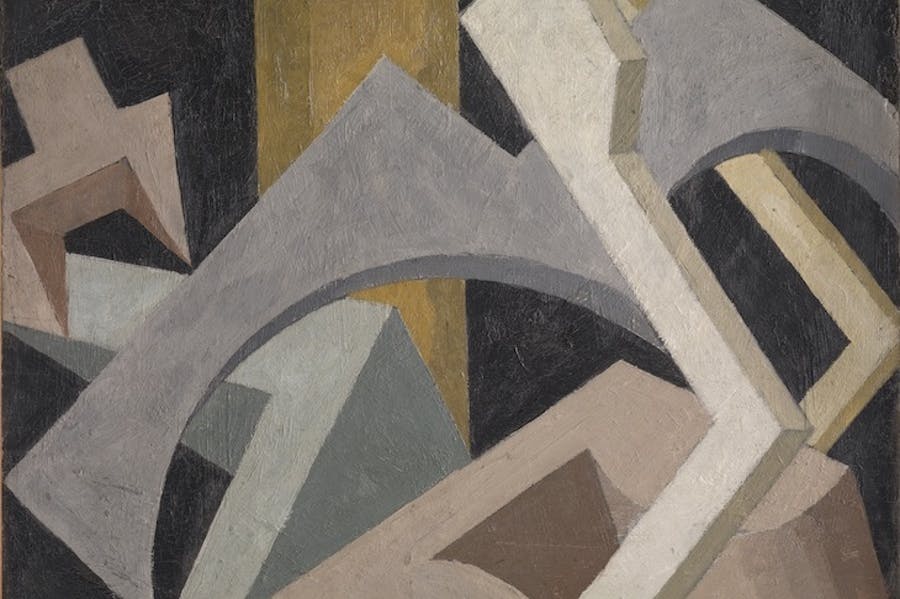
Became a member of the avant-garde Group X
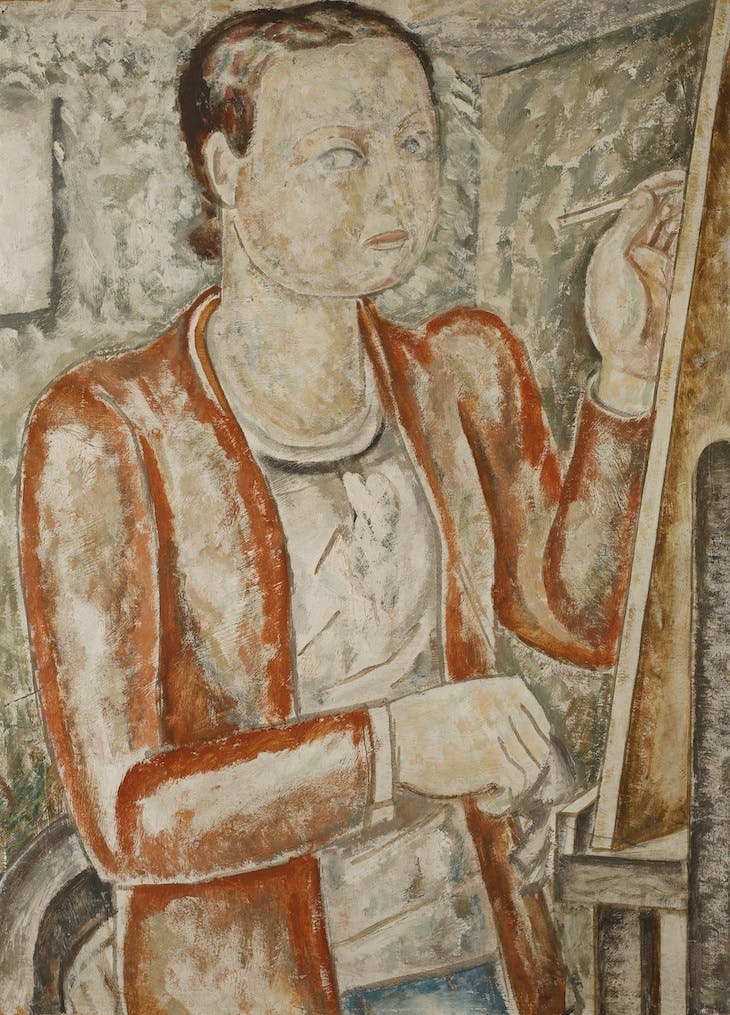
«The Tyro»
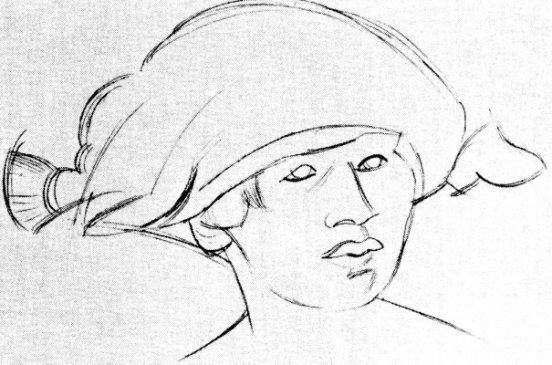
The artist’s solo exhibition
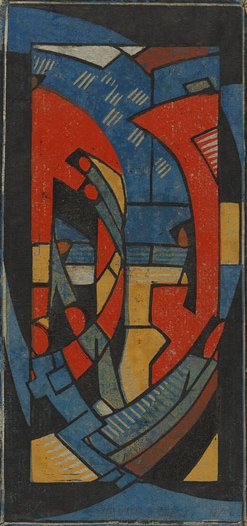
Dismorr joined the London group
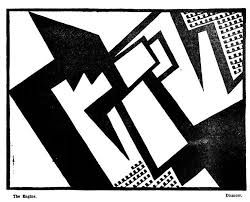
Participated in the Thirty-second exhibition of the London group

The death of the artist

